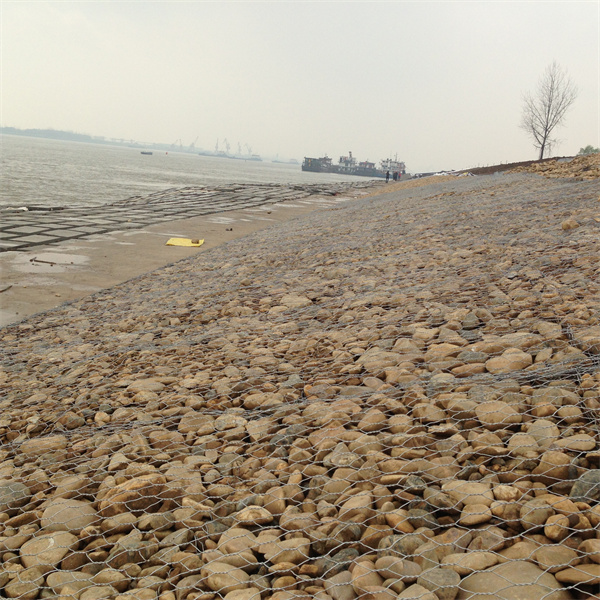ਦਸੰ. . 01, 2024 07:46 Back to list
gabion wall systems
Gabion Wall Systems A Sustainable Solution for Erosion Control
Gabion wall systems have emerged as a popular and effective solution for erosion control, slope stabilization, and landscaping. Comprising wire mesh cages filled with stones or other durable materials, gabion walls are both functional and aesthetically pleasing. Their unique design and construction offer a fresh perspective on traditional engineering methods while providing numerous environmental benefits.
The primary purpose of gabion walls is to stabilize soil and prevent erosion. They are commonly used in areas where heavy rainfall or rapid water flow can lead to soil degradation. The porous nature of the wire mesh allows water to flow through freely while trapping soil and preventing its runoff. This feature not only reduces erosion but also lowers the risk of landslides in steep terrains. Moreover, the use of natural stones in the cages blends harmoniously with the surrounding environment, making gabion walls a visually appealing choice for many landscaping projects.
Gabion wall systems can be constructed in various sizes and shapes to fit specific site requirements. Their modular nature allows for flexibility in design, enabling engineers and landscape architects to create customized solutions that suit the unique challenges of each site. For example, these systems can be stacked to create retaining walls, used to build terraces, or even integrated into larger structures such as bridges and noise barriers. This versatility makes gabion walls appropriate for a wide range of applications, from residential properties to large-scale infrastructure projects.
gabion wall systems

One of the significant advantages of gabion wall systems is their sustainability. Unlike traditional concrete walls, which require significant energy and resources for production, gabions use locally sourced materials, reducing the carbon footprint associated with transportation. Additionally, the stones used in gabions are often natural and can blend seamlessly with the local ecosystem. Over time, plants and vegetation may even colonize the walls, further enhancing their ecological benefits and providing habitats for local wildlife.
Installation of gabion wall systems is relatively straightforward, which can lead to cost savings in both labor and materials. The construction process typically involves placing empty wire mesh cages in the desired location, securing them in position, and then filling them with stones. This simplicity allows for quick deployment, making gabions an attractive option for urgent projects, such as emergency flood control measures.
However, while gabion walls offer numerous benefits, there are considerations to keep in mind. Proper design and construction are essential to ensure that the walls can effectively manage the forces acting on them, especially in high-stress environments. Engineers must carefully assess factors such as soil type, drainage, and anticipated load to avoid potential structural failures. Furthermore, regular maintenance may be required to ensure the integrity of the wire mesh and prevent corrosion over time.
In conclusion, gabion wall systems represent a sustainable and versatile solution for addressing erosion and soil stability challenges. Their eco-friendly construction, ease of installation, and ability to integrate aesthetically into natural landscapes make them a favored choice for many civil engineering and landscaping applications. As the demand for sustainable construction practices continues to grow, gabion walls are likely to gain prominence in both urban and rural settings, providing effective solutions that harmonize with the environment.
-
Visualizing Gabion 3D Integration in Urban Landscapes with Rendering
NewsJul.23,2025
-
The Design and Sustainability of Gabion Wire Mesh Panels
NewsJul.23,2025
-
The Acoustic Performance of Gabion Sound Barriers in Urban Environments
NewsJul.23,2025
-
Mastering the Installation of Galvanized Gabion Structures
NewsJul.23,2025
-
Gabion Boxes: Pioneering Sustainable Infrastructure Across the Globe
NewsJul.23,2025
-
Custom PVC Coated Gabion Boxes for Aesthetic Excellence
NewsJul.23,2025
-
Installation Tips for Gabion Wire Baskets in Erosion Control Projects
NewsJul.21,2025






